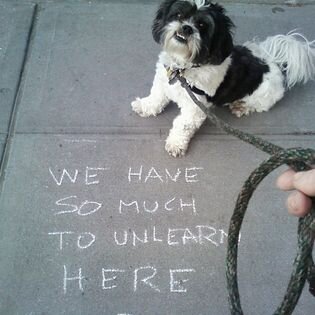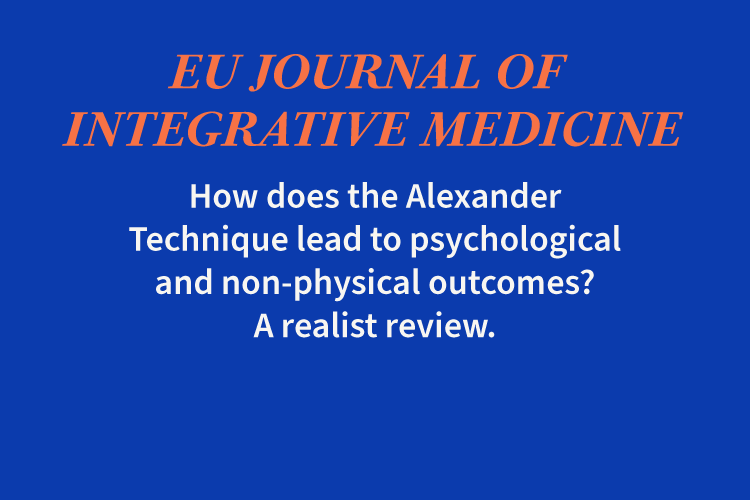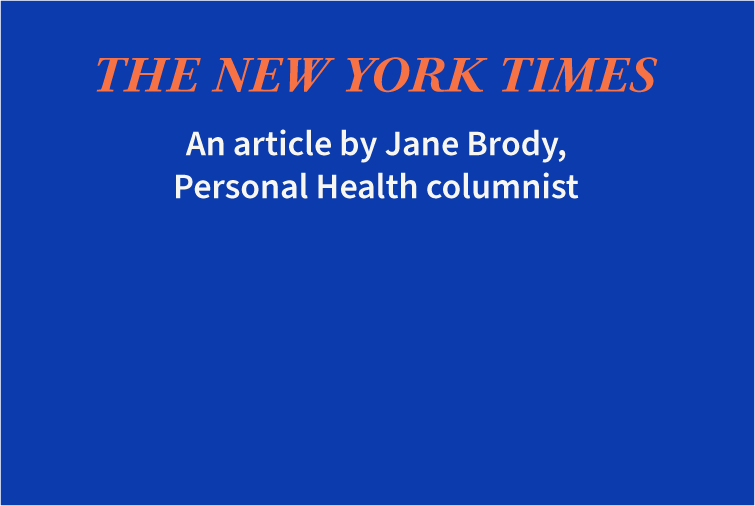A 2006 graduate of The Dimon Institute, I trained to become an Alexander Technique teacher under Ted Dimon, Beret Arcaya, John Nichols, and Nanette Walsh.
I’ve been studying the work since 1994 when it was included as part of the Acting curriculum at Trinity Repertory Company Conservatory. I come to the Technique out of a professional Dance and Theatre background as well as from a need to understand and solve my chronic back pain (success!).
Because of my performing arts experience, I have a deep personal understanding of how working through the lens of the physical with Alexander can impact emotional presence and availability, as well as musicality and range. I served as lead Alexander teacher at the American Academy of Dramatic Arts for 5 years and enjoy working as an adjunct in conservatory and corporate wellness programs.
I’m a graduate of Kent State University’s MFA in Acting (for the Returning Professional). I teach at KSU’s School of Theatre and Dance.
I’ve completed advanced, post-graduate training in teaching Alexander Technique online with Penelope Easten as well as post-graduate training in working with those on the hypermobile/ Ehlers Danlos Syndrome spectrum at Balance Arts Center.
Additionally, I’m a certified Lessac Kinesensics practitioner and will complete teacher-certification in March 2025. I will complete teacher-certification in the Michael Chekhov acting technique in June.
I enjoy strong coffee, bad puns, & good satire. I have an associative mind and am happiest when I can spend time every day walking someplace green.
For a full C.V. please see my LinkedIn.
The Alexander Technique
The F.M. Alexander Technique is something you learn, as well as an educational approach. Lessons in it teach a unique way of looking at your patterns of habitual tension and how they affect you in activity, while also giving you common sense tools to make change on your own.
Now 130 years old, the Technique provides students with a sensorimotor method that addresses prevention, pain relief, self-care, vocal production, learning, and skill improvement. People from a vast range of ages and diverse walks of life use Alexander Technique to help themselves, including: musicians with R.S.I. or tendinitis; hypermobile people; people with asthma; mindfulness / awareness practitioners; computer users and anyone with back pain or neck pain; those living with M.S. or auto-immune diseases; as well as public speakers, actors, and athletes who want to prevent injury while improving endurance and performance.
It is not:
🦴physical therapy
🦴a treatment (like massage or chiropractics)
🦴a cure
🦴a form of exercise (like yoga, Pilates, etc.)
🦴meditation/ relaxation
🦴psychotherapy
Who was Alexander?
Young Australian actor F.M. Alexander faced a serious, concrete problem that had to be solved to save his career: While performing, he kept losing his voice. A big deal in 1892 when you have no mic, a passion for Shakespeare, and aren’t flush with cash. Strangely, voice-loss doesn’t seem to have been an issue for him in any other area of his life. Talking to friends? No problem. Acting? Problem.
When Alexander followed medical advice (vocal rest for two weeks and prescribed medicines), his voice would return, only to disappear again during the next performance. Although doctors could find no medical explanation for his difficulties, they continued as long as he continued trying to work on stage. So Alexander hypothesized that his voice issues might stem from what he was doing while acting. He began observing himself in a series of mirrors in rehearsal and noticed a complex pattern of unnecessary tension from head to toe (the pattern included: pulling his head back and down, lifting his chest, depressing his larynx, audibly sucking in air, and contracting his legs) which was triggered the moment he simply had the idea to speak a line.
This observation told him two things:
1. His “vocal” problem on stage was merely a SYMPTOM of a visible, whole-body pattern of chronic, habitual tension that he’d never noticed because it gradually had come to feel entirely “normal” to him. Yet when he looked in the mirror, he could see his sense of normalcy didn’t match reality. His awareness of his own body was inaccurate and unreliable.
2. Because this pattern started when he got the idea to speak in performance, it was just as much a “mental” issue as a “physical” one.
From there, he began to develop the Alexander Technique.
Ready to See for Yourself?
Alexander Technique Resource Library
Peer-reviewed Articles
Video Resources
Books on the Alexander Technique
There are plenty of articles and books out there about Alexander Technique, but you cannot learn it by reading alone. Like you can’t learn to act simply by reading about acting…or learn to play piano or to paint or to play football (etc.) from books alone. However, if you do wish to supplement your Alexander classes with reading, I recommend starting with these books:
Anatomy of the Voice, by Dr. Theodore Dimon (An incredibly clear, illustrated guide for actors, public speakers, singers, vocal coaches, and speech therapists. Not just an anatomy book.)
Body Learning, by Michael Gelb (A comprehensive, well-organized & fleshed-out summary of the Alexander Technique’s principles/ concepts. Section in the back answers typical questions for folx new to AT).
Just Play Naturally, by Vivien Mackie (In interview format, Ms. Mackie discusses her prodigious start as a child cellist on BBC radio, her awareness of the decline of her playing around age 16, and her regained confidence/ artistry while studying with Pablo Casals as a young woman. She compares her work with Casals to the Alexander Technique training she later received).
The Alexander Technique: Freedom in Thought and Action, by Tasha Miller and David Langstroth (more recent and more comprehensive than Gelb’s book).
The Body in Motion: Its Evolution & Design, by Dr. Theodore Dimon (A must for anyone learning AT - clear, comprehensive guide around how human movement is organized and can function well. Beautiful, elucidating illustrations ).
The Use of the Self, by F.M. Alexander (In this 3rd of his 4 books, Alexander chronicles his own discovery – he describes his problem and how he came to his ideas. His journey will be your journey. Heads up: Alexander was an Edwardian, so his sentences can be a paragraph long. But the ideas are well worth taking apart – if you can read Shakespeare or philosophy, Alexander’s writing is no problem).














